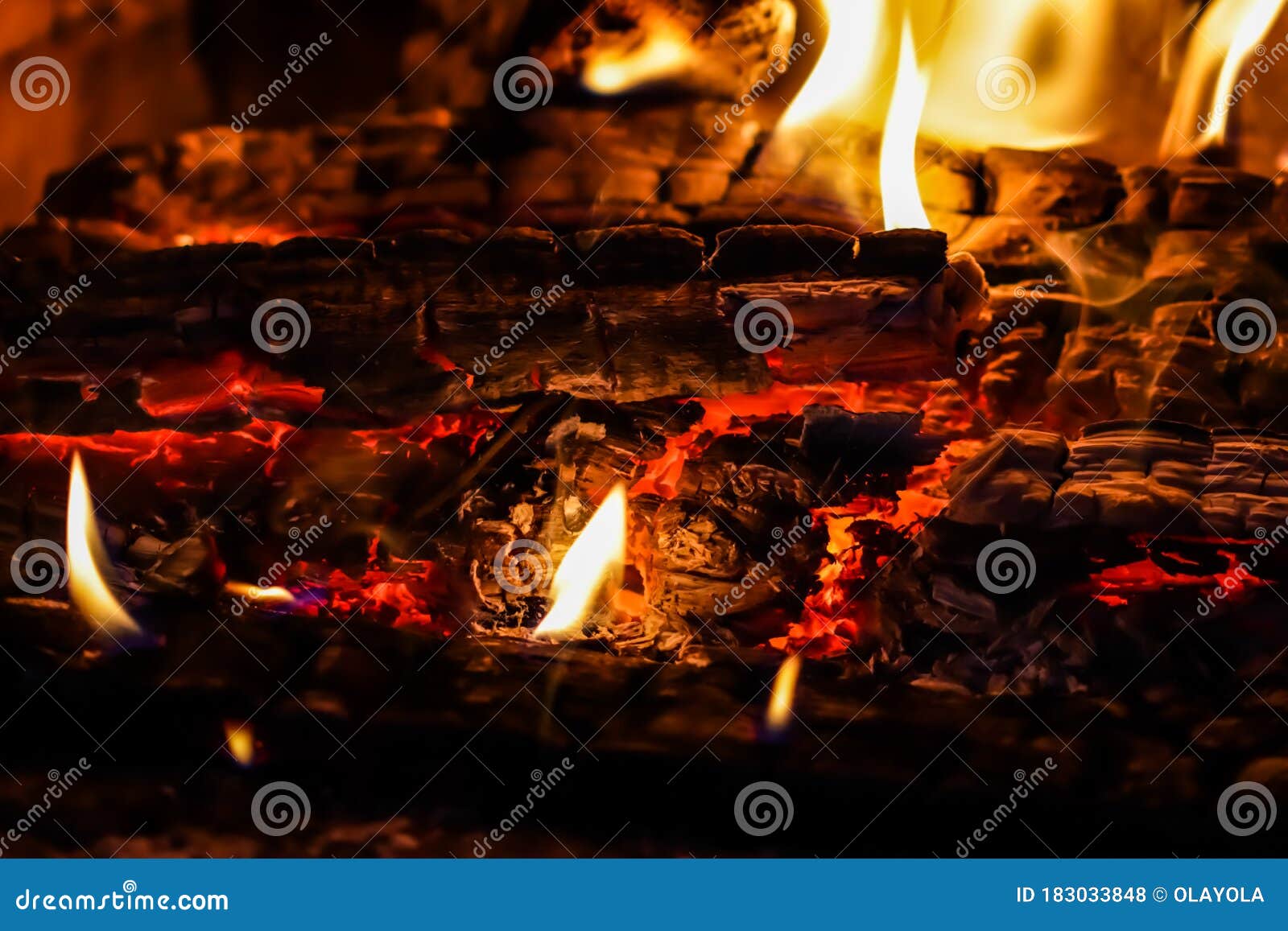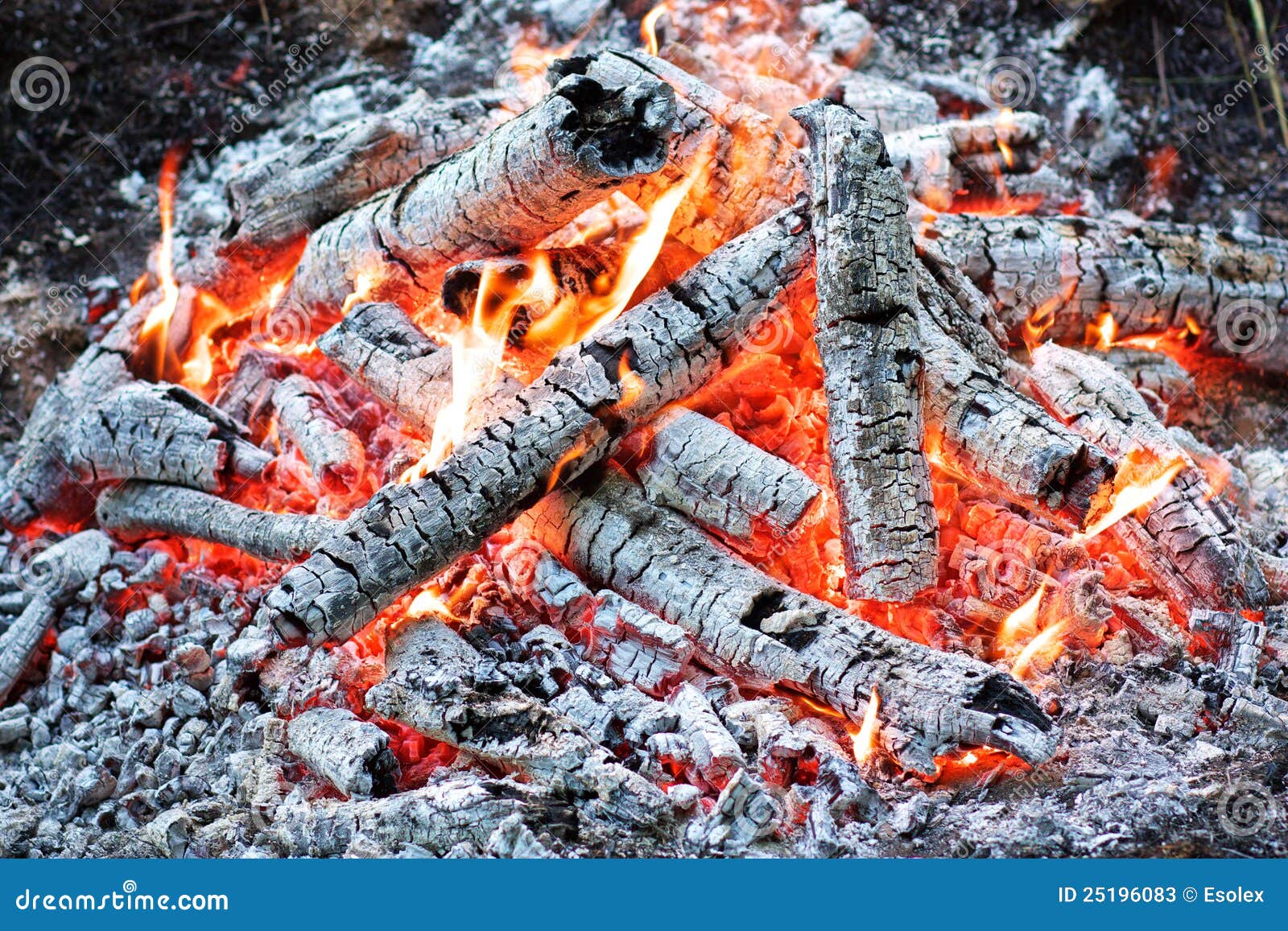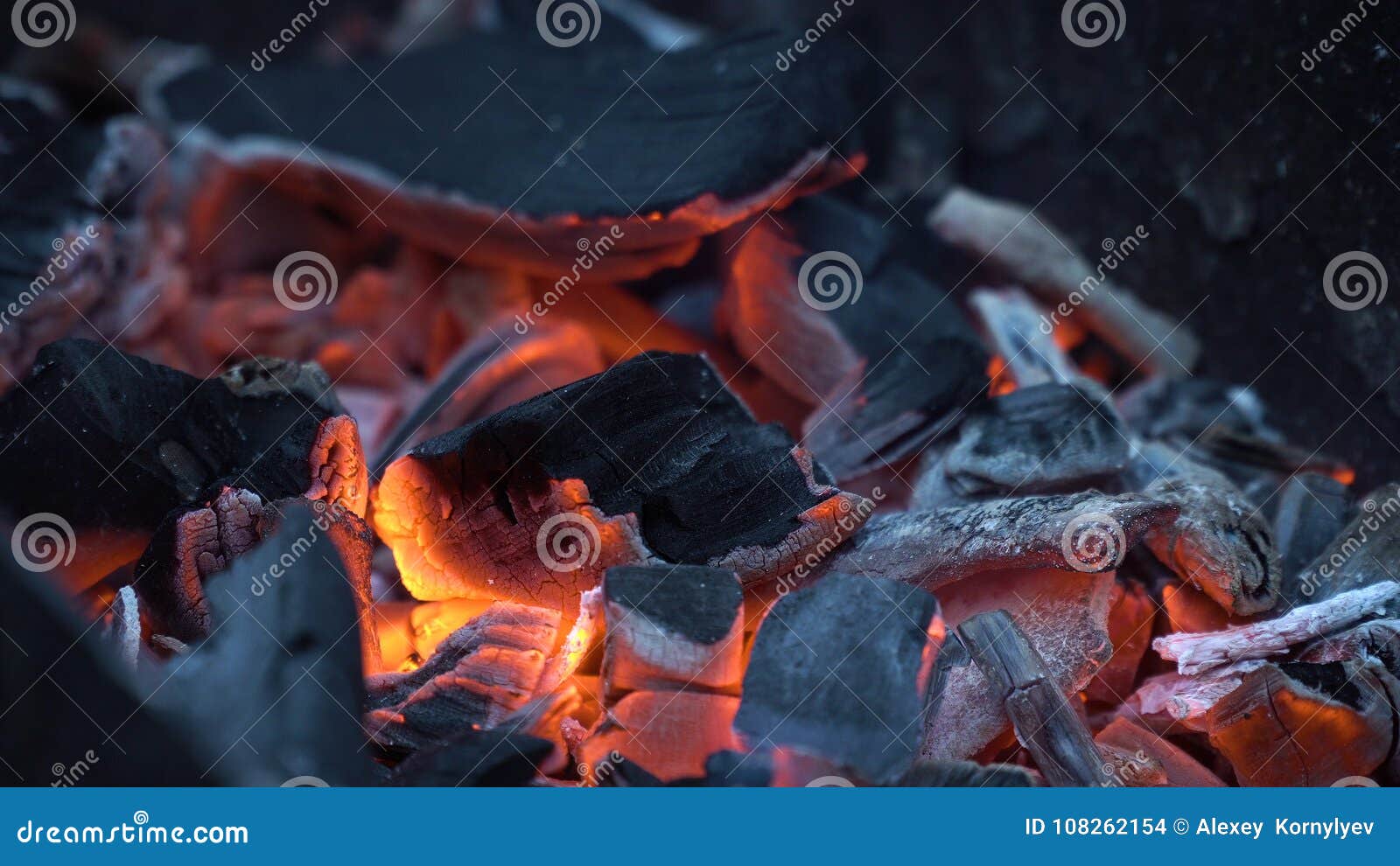
Common symptoms include a persistent cough, shortness of breath and tiredness. Silicosis is a long-term lung disease, caused by inhaling silica particulates over a long period of time. There are many other compounds in ash that can irritate the respiratory system, the eyes or even your skin.”


“These ash particulates can get trapped in your lungs and settle in mucus linings and ash components such as silica, if inhaled, can lead to silicosis – which is very harmful condition. “What fewer people realise is that the ash left behind from burning coal, which sits in your fireplace at the heart of your living room, can actually be more harmful over the long-term, especially when it is unsettled and disperses into the air”. Respiratory conditions which have been linked to prolonged exposure to ash particulates from fires include silicosis – a disease which in the most extreme cases can cause respiratory failure.ĭr Martin Taylor, part of the Energy & Environment Institute at the University of Hull, said: “I think most people are familiar with the fact that burning coal produces a variety of nasty gases – many of which can be incredibly harmful to people without proper ventilation or a path for gases to exhaust.

The BBC recently reported that wholesale gas prices had increased by 250% across the world since January.Ī string of energy suppliers have collapsed, and as the cost of heating your home rises, the open fire in the living room suddenly looks a lot more appealing.Īn expert at the University of Hull has warned, however, of the health risks associated with coal and wood-burning fires to those who do not treat them properly. As soaring gas prices continue to take their toll and push more people into fuel poverty, and temperatures plummet this winter, people are increasingly likely to turn to coal or wood to heat their homes.


 0 kommentar(er)
0 kommentar(er)
